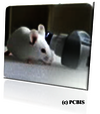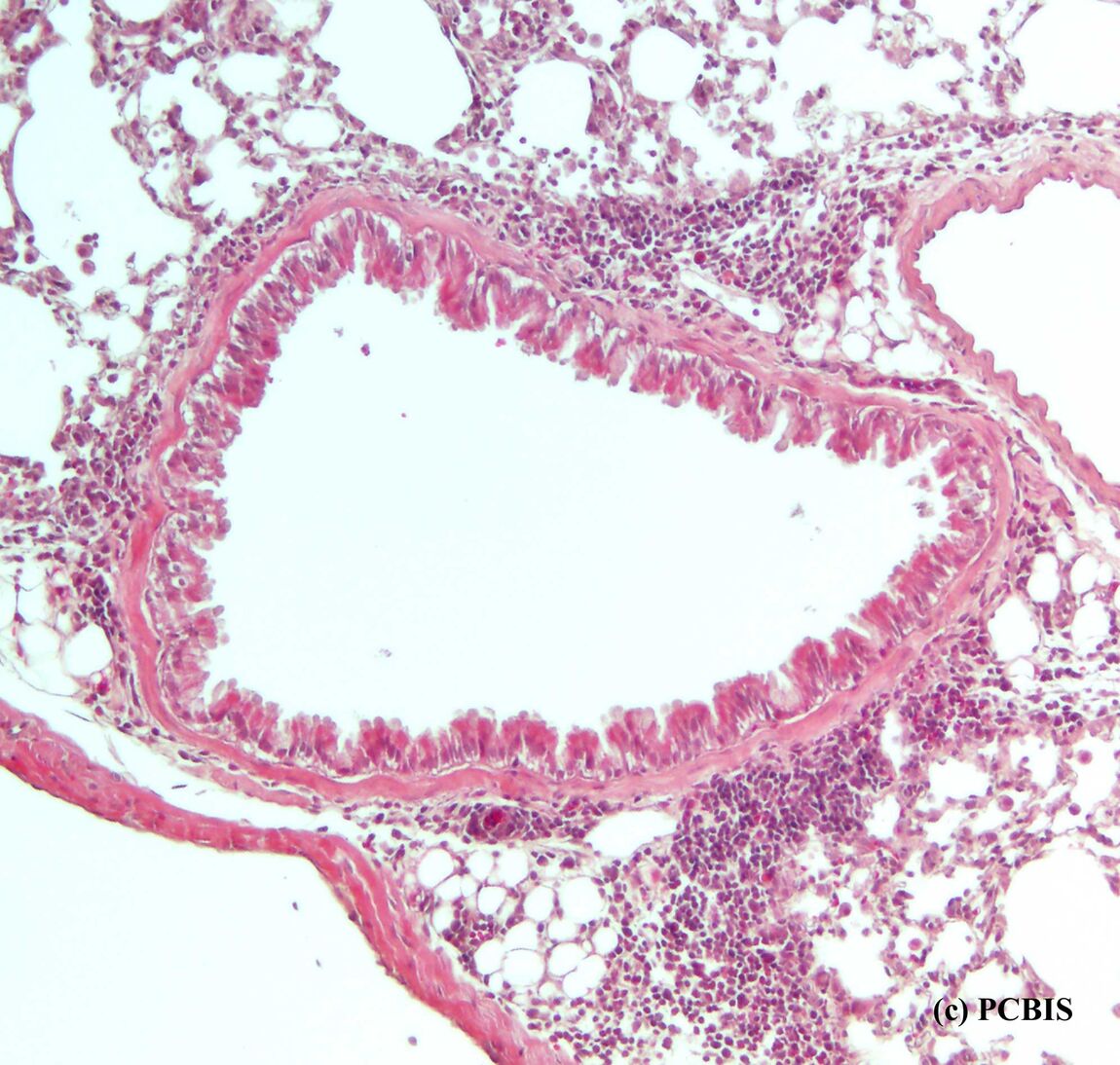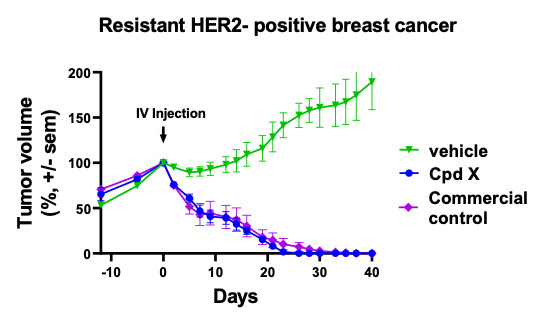Mouse Models

Mouse models are already essential for the measurement of a drug candidate activity in pathophysiology of diseases. To date, there is no alternative method to in-vivo models for studying an integrated response involving nervous, endocrine, blood (hematopoietic), immunological and tissue systems.
All purpose models were approved by the French Ministry of Education and Research (APAFIS).

